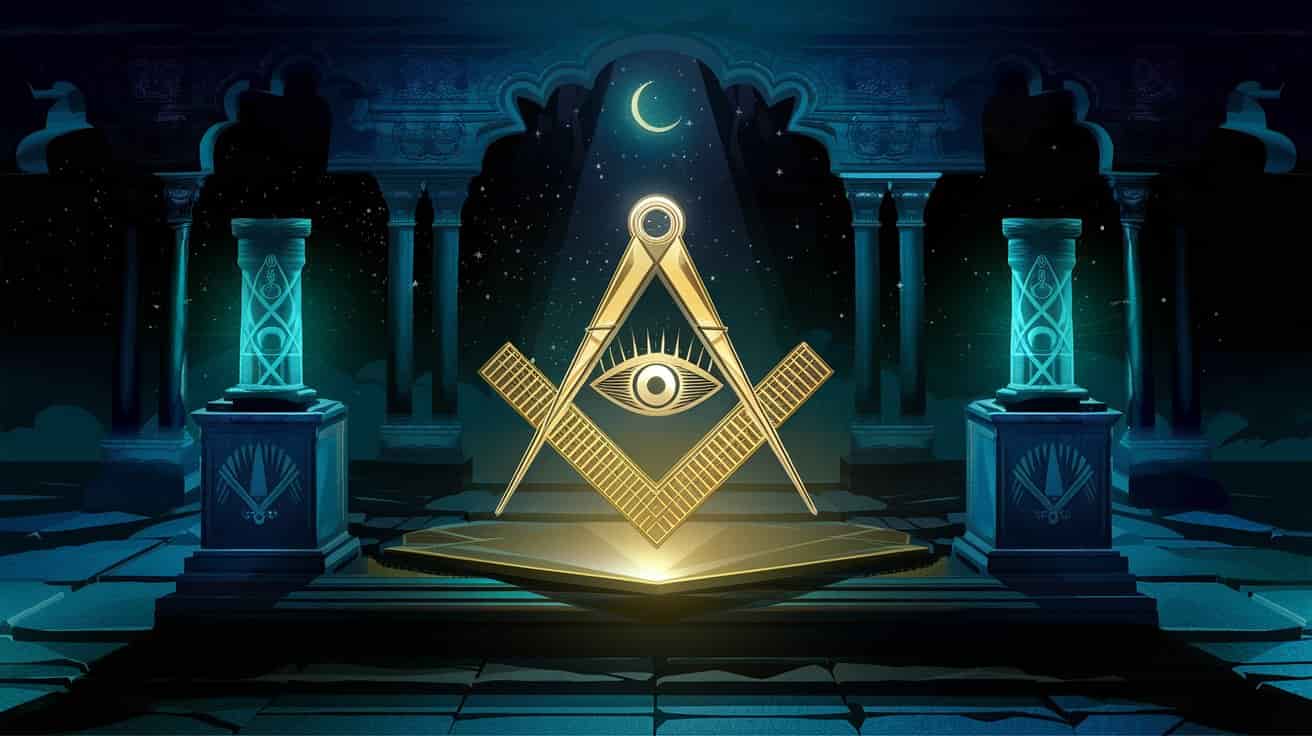The Book of the Dead
Ancient Egyptians had a profound understanding of death and the afterlife. They captured this knowledge in a collection of rituals and prayers known as the Book of the Dead. These texts guided the deceased through the afterlife, ensuring the soul’s safe passage to the next world.
Origin and Purpose
These texts date back to Egypt’s Early Dynastic Period, but the most famous versions emerged during the New Kingdom period (1550-1070 BCE). Egyptians typically inscribed them on papyrus or depicted them on tomb walls. Their main purpose was to protect and guide the soul on its journey after death. By reciting the prayers and spells, the deceased could overcome obstacles in the afterlife.
Content Overview
The Book of the Dead includes over 200 chapters. Each chapter helps the deceased navigate different challenges after death. For instance, in the “Weighing of the Heart,” the heart of the deceased is weighed against the feather of Maat, the goddess of truth and justice. This process determines whether the soul can enter the afterlife.
Additionally, in the “Gates of Amenti,” the soul must pass through a series of gates, each guarded by a different deity. The spells and prayers in the text give the deceased the knowledge to answer correctly and continue the journey.
Importance and Legacy
The Book of the Dead is one of the most significant and influential guides created to safeguard the souls of Ancient Egyptians. It also serves as a crucial resource for understanding their religious and cultural beliefs. These texts reveal much about the Egyptians’ views on death and the afterlife.
Today, these manuscripts attract significant interest in museums worldwide. They continue to fascinate those interested in Egyptian mythology. The original texts, rich in detail and symbolic meaning, offer a valuable guide for anyone exploring the mysterious world of Ancient Egypt.



Post Comment